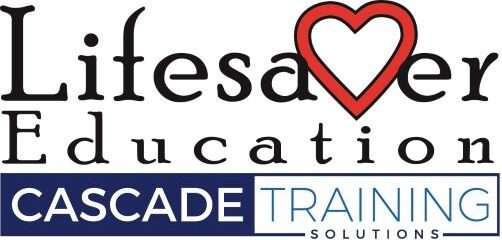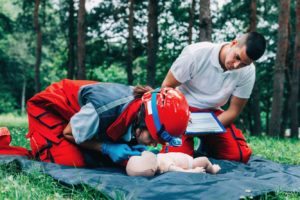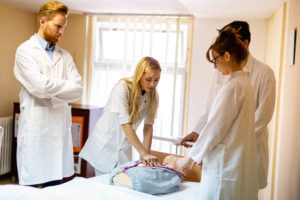As we’ve already talked about, not enough bystanders have training in life-saving techniques such as CPR.
But what about U.S. medical students — do they need more training when it comes to basic, advanced and pediatric life support training? This kind of training is reserved for residents, typically. However, should it be introduced as part of medical students’ studies? Would it enhance retention of the life-saving techniques?
A study released last year looked at the needs and perceptions of graduating med students with regard to emergency resuscitative care like Basic Life Support (BLS), Advanced Cardiac Life Support (ACLS) and Pediatric Advanced Life Support (PALS).
Of the 152 students selected, only 109 completed the survey. The survey found that 48.6 percent of students entering medical school didn’t have resuscitative training; 47.7 percent began clinics without that training. With a range of zero to 20, students said they saw an average of 3.0 cardiac arrest incidents in the hospital while training. They said their preparedness for adult CPR was 2.0 (on a 1 to 5 Likert scale, with 1 representing unpreparedness. For pediatric resuscitation preparedness, they said they were a 1.7.
A large percentage of students — 36.8 percent — said they avoided resuscitations because they lacked the training. Yet, a majority of students thought that should have the training. Specifically, 91.7 percent of students want ACLS. PALS should be included, according to 64.2 percent of students.
Students seem to express the desire for more resuscitation training via the study. Being unprepared for cardiac arrest situations makes students less inclined to participate in resuscitations.
Lifesaver Education teaches this CPR method and provides certification classes in CPR, BLS, ACLS, NRP, ECG, PALS, ventilator training, CPR and First Aid. To learn more, visit the website or call (626) 441-3406.







